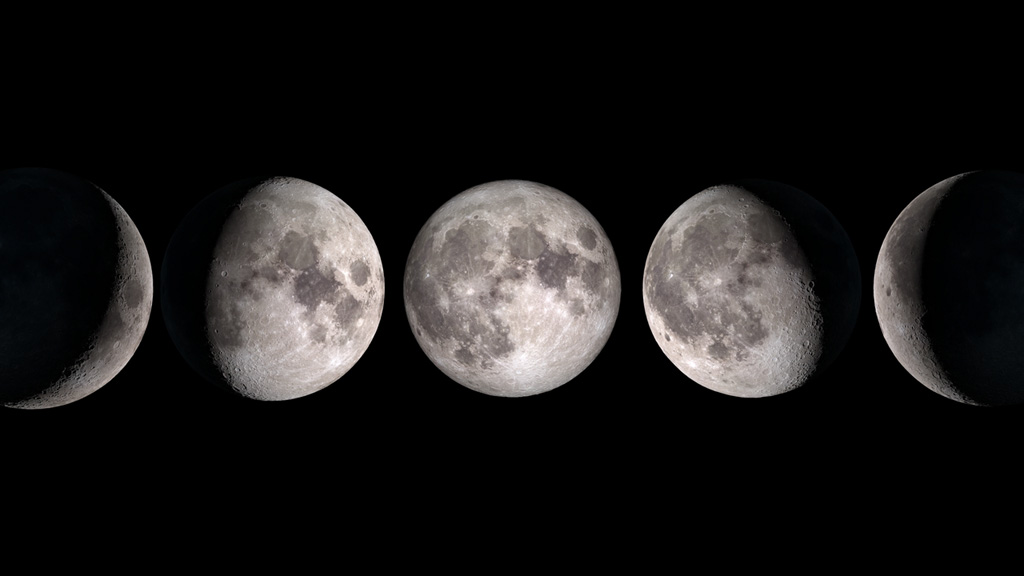50 Years Later: New Technology is Fueling the New Lunar Race
Fifty years ago, man first stepped onto the moon. The effort to get Neil Armstrong and Buzz Aldrin to the surface was as bold and innovative as the environment in outer space was inhospitable. It required extreme engineering and guts.
Today, there is more interest in lunar expeditions than in recent decades. The New York Times article, Why Everyone Wants to Go Back to the Moon, discusses how government agencies from China to India, and small nonprofits such as SpaceIl, have programs for both manned and unmanned moon landings.
The article provides reasons for the lunar travel renaissance. The discovery of water in the form of ice in the deep polar craters could provide a source of oxygen for breathing and hydrogen for rocket fuel. This makes the moon a potential “layover” site for spacecraft traveling further into space. The article also discusses the numerous commercial firms and their innovative approach to space travel.
Another reason the moon race is back on goes beyond water sources or the commercial versus governmental approaches: New technology is making space travel more achievable than ever before. Yes, it still takes extreme engineering to take on space travel, but our technology has changed dramatically in the last 50 years.
I asked Ossi Saarela, space segment manager at MathWorks, about some of the advancements in technology that are changing the way we approach space travel. He identified two major changes impacting the way we design for space: simulation and increasingly autonomous systems.
Simulation
How do you test for an environment that can’t be reproduced on Earth? Simulate it.
Back in the 1960s, the astronauts simulated the moonwalk by practicing at the bottom of a pool or in a specialized centrifuge. They also simulated the equipment, such as the lunar landing research vehicle, by building and testing hardware that simulated moon the landing with the reduced gravitational pull of the moon.
Today, the simulations are completed digitally first, before prototypes are built and tested.
Saarela says, “There are a lot of things in space you can’t test well on the ground because you don’t have a zero-g environment. With increasing computing power, engineers have been able to improve simulations resulting in more comprehensive validation of their designs.
“These days, it would be very difficult to find a space company that is not using MATLAB and Simulink for analysis and design.”
Parallel computing and multicore processing are enabling far more simulations to be completed in ever-shortening time periods. Saarela shared an example of how one space company simulated the separation events in its two-stage rocket to ensure adequate clearance between structures.
The simulations had to account for a number of unknowns, including the mass properties of each component as well as the forces and timing characteristics of the pneumatic and spring pushers used to initiate separations. The team ran thousands of Monte Carlo simulations while varying the values of parameters to determine whether a specific parameter combination would cause a collision. The simulation results were then passed along to the hardware engineers to inform their design decisions and help specify tolerances.While building a spacecraft will always require hardware, simulating the spacecraft in a virtual environment as part of the development process is helping ensure that the hardware works right the first time.
Autonomous Systems
Autonomy also has a huge role to play in the future of space exploration. Prior to the Apollo 11 mission, unmanned satellites were the original autonomous vehicles. Moving forward, by reducing the need for human intervention during flight, increased autonomy will allow more ambitious exploration missions. No longer will there be a need to wait for humans on the ground to make decisions: Using improved artificial intelligence (AI) techniques onboard the craft to improve autonomy means more complicated processing can be performed in real-time.
This is especially true as onboard sensors, such as cameras, capture increasing amounts of data. Vision-based sensing systems are enabling increased levels of autonomy and precision in navigation systems.
“These systems are prime candidates for improved AI,” says Saarela. “As these spacecraft move to further towards autonomous operations and further into space, the distance from Earth makes real-time ground control impractical.
“Machine learning techniques will likely first be used to capture science data. In the future, I can see machine learning algorithms transform raw data from sensors into information the navigation systems can easily use. They could also help pinpoint safe landing locations for crafts.”
These are just two of the technologies impacting space exploration today. To learn more about how technology has changed, check out this technical article, The Apollo 11 Moon Landing: Spacecraft Design Then and Now.












Comments
To leave a comment, please click here to sign in to your MathWorks Account or create a new one.